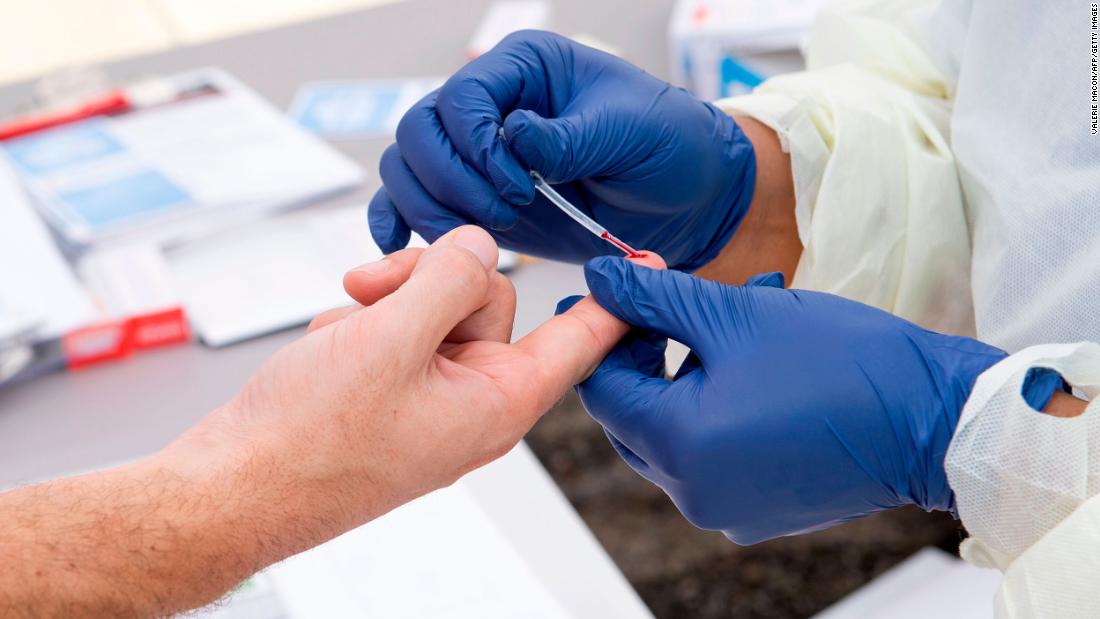One New York City study, conducted between the fall of 2016 and the spring of 2018, showed that people could test positive multiple times for infection by the same strain of coronavirus, within the same year.
Antibodies to the virus would increase sharply after infection and peak after about two weeks. But then their presence would decline, generally disappearing entirely somewhere between four months and one year. In one case, a person was reinfected with the same strain of coronavirus after just four weeks from first infection.
Earlier studies showed that the very same strain of a coronavirus that causes a cold one year can do so again the following year. Unlike with flu viruses, which mutate frequently and often infect us with new strains each year, the coronavirus need not change to reinfect. Recent data suggests that SARS-CoV-2 follows the same pattern. Following infection and recovery, all antibodies to the virus begin to fade quickly, including those which may be protective.
Over the past weekend, researchers from the United Kingdom
published new research which suggests that SARS-CoV-2 does indeed act like its more common cousins. They studied the presence of neutralizing antibodies — the specific antibodies needed to fight off reinfection — and found that a transient neutralizing antibody response was “a feature shared by both a SARS-CoV-2 infection that causes low disease severity and the circulating seasonal coronaviruses that are associated with common colds.”
Essentially, the amount of neutralizing SARS-CoV-2 antibodies in the body varies based on the severity of the infection and the time from infection — and the more time that passes, the fewer antibodies a person retains.
This actually mirrors the results of the
Spanish study published in the Lancet on July 6 and provides even more evidence to support the argument. The study included more than 61,000 people who were given two different types of antibody tests in three separate waves from April to June.
While the study itself only focused on results from the first wave of testing, critical findings from the second and third waves were revealed in a
public announcement on the same day.
Those findings show that 7% of participants who tested positive for antibodies in the first phase of testing, undertaken between April 27 and May 11, no longer had those antibodies by the second phase, which started
just one week later on May 18 and lasted two weeks.
By the third wave of testing, which started three weeks after the start of the second wave, 14% of those who tested positive for antibodies originally, tested negative.
The findings support earlier findings from
two smaller studies out of China, which showed that the antibodies of those infected decline rapidly. In
one of these studies, neutralizing antibodies decreased significantly within just two months.
Not only do antibodies to SARS-CoV-2 fade, and perhaps fade quickly, studies have also shown
that only 15% of those who test positive for antibodies make the neutralizing antibodies necessary to develop immunity in the first place. And not all of those who make neutralizing antibodies make them at high levels. Some of those infected
make no antibodies at all.
The body’s T cell response may also be an important factor for immunity, but it won’t be the answer. T cells help our immune system by killing off infected cells and activating other immune cells to fight off the infection.
We know people make robust and sometimes long-lasting T cell responses to cold causing coronaviruses.
However important the T cell response may be in clearing infection, it is clear that it does not prevent reinfection,
which occurs regularly with the more common coronaviruses.
These are not one and done types of viruses. No naturally occurring herd immunity will likely stop SARS-CoV-2 from spreading on its own — not now and not ever. This is not cause for dismay but rather a call to action; it will be by our own hand that we stop the spread of this disease.
Not all actions that can combat this disease lie within the purview of the average American — the work being done in labs here in the United States and across the world to develop vaccines and drugs to prevent and treat infections are an important source of hope to end the pandemic
And while we wait on a medical solution, government action and strong national leadership has been proven to work to control outbreaks.
But every American also has a role to play and an opportunity to stamp out this disease. By wearing masks, practicing safe social distancing and choosing the inconvenience of self-isolation when we fear we’ve been exposed to infection, we can stop this outbreak dead in its tracks.



